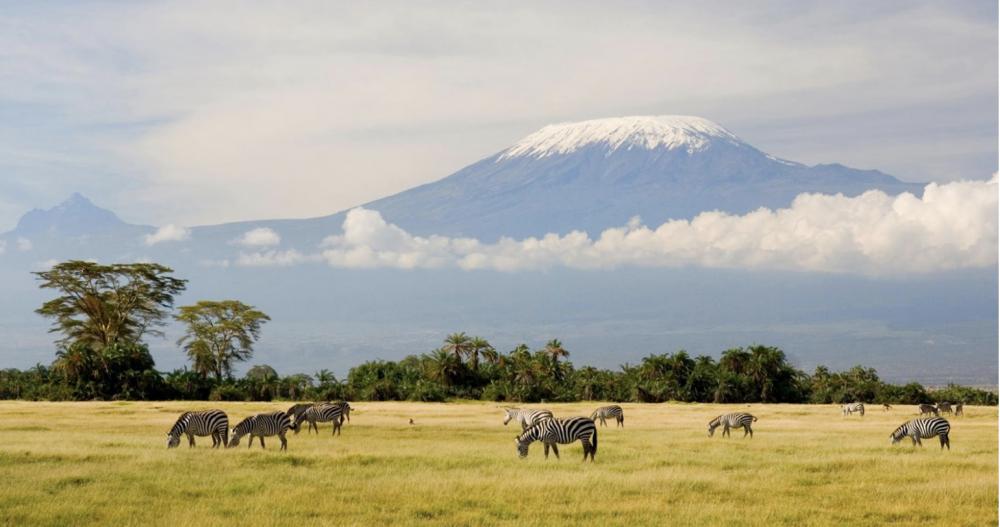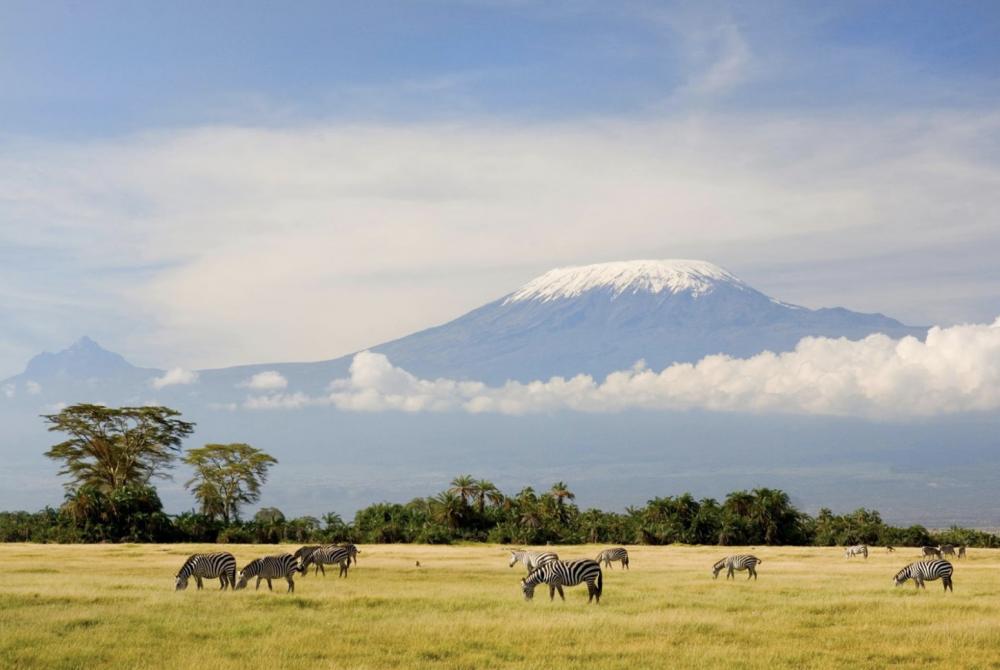Even now, more than fifty years later (sigh!), the memory haunts me. It was the summer of 1968—both Bobby and Martin were dead—and I was on my way to Africa. It was a last-minute destination. I had applied to my university for a summer study grant to spend a few weeks at the Albert Schweitzer Hospital in Haiti, but something had gone awry there and I had to seek another location or forfeit the award. Fortunately, with my father’s help, I made contact with Lawrence Sagini, the Minister of the Interior in Kenya, and he agreed to sponsor my “research.” I really didn’t know what research I was going to do, but I’d figure it out when I got there.
Kenya was the crown jewel of Africa. Independent since 1963, it was essentially a single-party political state, ruled by Jomo Kenyatta and his KANU (Kenyan Africa National Union) party. But general elections—the first since independence—had been scheduled for the following year and Kenyatta wanted to consolidate his party’s hold on government. It was my host’s mission to spread the ‘Uhuru’ (Swahili for ‘Freedom’) message throughout the country and so I rode his political coattails listening to stump speeches in countless villages all that summer. I even met Tom Mboya, the charismatic rising star of Kenyan politics who was assassinated a few months later. It was all an incredible experience, but that’s not the abiding memory remains with me today. Kilimanjaro is.
I had taken a week off from the campaign to go on safari with my parents who had come to visit. (They did things like that.) We travelled to Tsavo East National Park to see the great herds of the Serengeti plains and maybe to catch a glimpse of Kilimanjaro, Africa’s highest peak. The animals had cooperated, the mountain had not. Shrouded by cloud and fog, its summit had remained obscured for days and time was running short; I had to get back to Nairobi.
Before dawn on our last morning in the park, we drove out to watch the great herds graze. There were zebra, wildebeest, giraffe. But Kilimanjaro stayed hidden under a cloud bank. Still, it was a thrill to watch a scene that was both timeless and momentary and I felt a sense of peace and freedom unlike anything I had ever known or perhaps ever will know again. This was the world as it was in the beginning and I was whole in it, unencumbered by any thought of my brief past or of future that lay in wait.
Then it happened. As though an unseen hand parted a thin curtain, the clouds around Kilimanjaro’s summit suddenly lifted and I watched the sun rise on the mountain’s peak. Then, as now, I couldn’t stop the tears as the summit went from a blush of deep lavender to Midas gold to brilliant snow-capped white, all in the space of a few minutes. Time stopped and I was one with the universe—a very ‘thin place’ indeed. And then, just as suddenly as the curtain parted, the clouds descended again, shrouding all that glory for another day. It might have been a dream, but the tears running down my cheeks told me it wasn’t. I had, for one brief, shining moment, seen the hand of God.
I’ve rarely spoken of that moment since. It just seems too much to tell. Even now, all these years later, I wonder if it really happened. But I know it did. I can still recall the perfect stillness, the suspension of time, the awe and the wonder. That needs to be shared now.
When things get tough, I summon the moment I saw Kilimanjaro’s summit. It helps me get through the meanness and pettiness of these times because I know the mountain is still there. The herds still graze peacefully on the plains below and every day, the sun still rises on its summit. Fleeting and yet eternal.
I’ll be right back.
Jamie Kirkpatrick is a writer and photographer with homes in Chestertown and Bethesda. His work has appeared in the Washington Post, the Baltimore Sun, the Pittsburgh Post-Gazette, the Philadelphia Inquirer, the Washington College Alumni Magazine, and American Cowboy magazine. “A Place to Stand,” a book of photographs and essays about Landon School, was published by the Chester River Press in 2015. A collection of his essays titled “Musing Right Along” was published in May 2017; a second volume of Musings entitled “I’ll Be Right Back” was released in June 2018. Jamie’s website is www.musingjamie.com




Trish Cleary says
Beautiful, thank you for sharing…
Deirdre LaMotte says
Jami, thank you for this. I so look forward to visiting Africa very soon.
How lovely to have been there years ago, and with your parents.
I remember as a little girl watching Born Free and Doctari and thinking
“This is heaven on earth”. I am in awe of Africa, a continent
I cannot wait to visit!
Caroline D. Gabel says
I climbed Kilimanjaro in 1984; just as thrilling as Jamie describes. We had pretty clear view of it on the 4-day trek to the summit; but just as we reached the top clouds came in, no view. Someone took our picture huddled together, shrouded in parkas, hats and masks. I realized I could have paid someone to go up there for me, shoot any two people, and bring back the pic for me to claim as US. But I’m glad I did it. View or not, it was a life-changing experience and the days of wildlife before and after were unmatchable. I hope the animals are all still there, safe.
Thalenberg says
Than you for such a beautifully written and moving piece. The personal part of the piece is what makes it so compelling.
Several years ago we had the privilege of flying into Kilimanjaro. We subsequently flew on to the NgoroNgoro crater and, in the process, flew around Kilimanjaro in a bush plane on a beautiful African day. It was incredible. We hope to get back to this most unique place at some time in the future.
Thank you and please keep writing
Deborah Piez says
Dear Jamie,
I am touched and inspired by your writing about “Thin Places”, reminding me of my own, and wanting to open to more.
Recently moving to Kent Co has provided me with several moments already.
Thank you for your boldness in sharing the deep feelings that easily attach to such experiences and your ability to translate so that others feel it too.
Deb